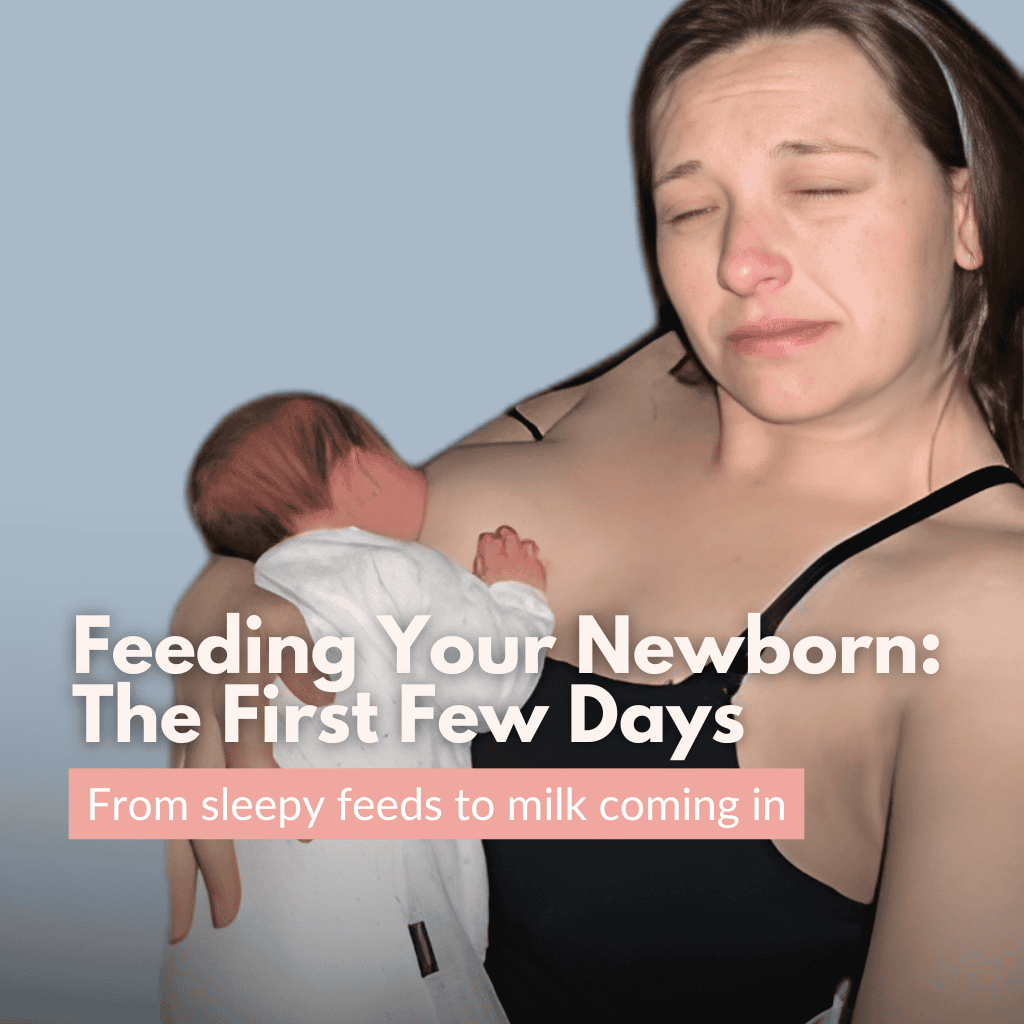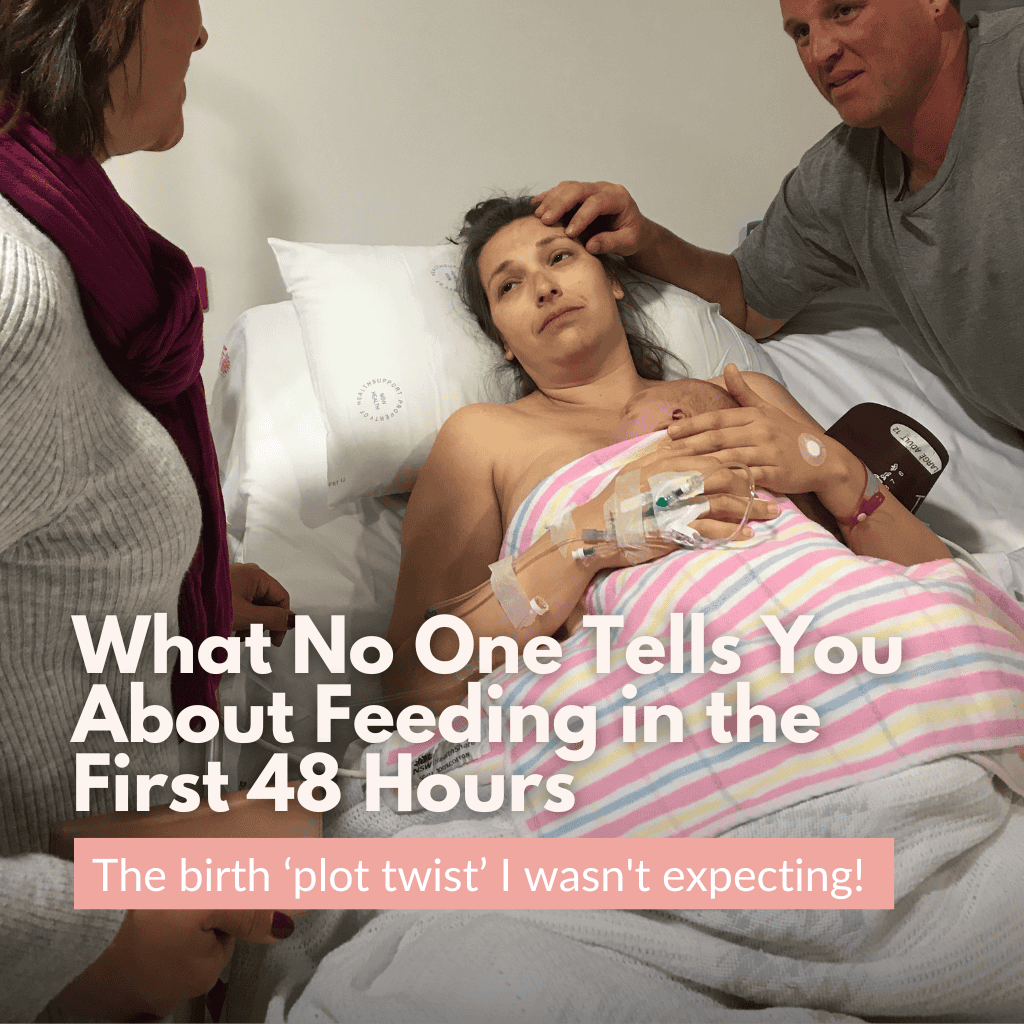
Infant Sleep Training can be a touchy subject for some. Many parents have the impression that all baby sleep training = the cry it out method (CIO). Sleep training doesn’t have to mean leaving your child to CIO for hours. Or trying and getting to a point where you are asking yourself “why am I doing this?”. Sometimes parents sleep train because they want to create good, healthy sleeping habits. A good baby sleep schedule that allows the whole family to be well-rested.
“Training” in itself is a harsh word. Our babies aren’t pets or athletes. They’re brand new tiny humans who sometimes just need a little help adjusting to this big, crazy world. And a huge part of that adjustment is quality sleep. Personally I’m a big fan of a gentle sleep training method that’s all about encouraging your baby to develop self-soothing and self-settling techniques by gradually reducing parental presence.
Now, whether you should try out any sleep training methods is totally up to you. As with any of my advice, I am not advocating for whether you should sleep train your baby or not. I’m simply here to help you understand what sleep training is and why some parents might decide to try various sleep training methods. And help you make an informed decision for your own family.
First of all, what is baby sleep training?
Sleep training is teaching your baby how to go to sleep on their own with self-soothing and self-settling techniques. It also helps to teach your baby how to re-settle during night wake-ups. There are a few different methods taught by baby sleep consultants, these include:
Cry it Out (CIO) Sleep Training Method
The CIO method is when you put your baby into their sleep space, ensuring they are fed and safe and allow them to cry until they fall asleep on their own. This method involves no parental assistance. Many parents prefer other methods to CIO as it can be quite distressing (more so for parents than for baby).
Ferber Sleep Training Method
The Ferber Method is a variant of CIO – although it does involve more of your presence. You would let your baby cry for a set amount of time before returning to check and reassure. The time period between checking will gradually increase over a few nights until your baby is able to self-settle.
Parental Presence (Gentle Sleep Training)
Parental Presence is a gentle baby sleep training method I teach that helps foster a positive, trusting relationship between the two of you and sleep. Sleep is a positive thing, not negative. With parental presence, you stay with your baby until they fall asleep and the parent provides physical or verbal reassurance as needed. This could be rocking, bum patting, rubbing their tummy or simply saying “good boy, you have a good night sleep. Mama loves you.”
You’ll gradually move from rocking and patting, to reassuring them from the side of their bed, to sitting or standing at the doorway, all the while keeping that positive goodnight phrase consistent at each stage. Over a course of days or weeks (every baby is different), you’ll be able to gradually wean your presence out of the room.

Why do parents sleep train their babies?
There are many reasons for infant sleep training and each family’s journey is unique. Some of the common reasons I have come across as a baby sleep consultant are:
Parents are worried their baby isn’t getting enough sleep.
Baby’s sleep issues are causing other members of the family (e.g. you, or your other children) to become exhausted from lack of sleep.
They’re worried about creating bad sleep habits or want to break habits like rocking their baby to sleep.
Their baby’s sleep problems are causing them stress.
Their baby doesn’t have significant sleep issues, but they’re just wanting to create a good baby sleep schedule and encourage good sleeping habits from a young age.
Or, simply because they believe it is the right decision for their family to sleep train their baby.
When and how to start baby sleep training?
While it’s certainly OK to start implementing a little more structure and routine around the 3-4 month mark, you wouldn’t want to start full on sleep training until they’re 4-6 months+. Small changes like introducing a bed time routine, and following WEPS through your day can be really helpful for our younger bubs at 3-4 months. This actually sets a really lovely foundation for when your baby is just that little bit older and ready to start more dedicated sleep training. Around 4-6 months is the ideal time for this as babies tend to respond better from this age onwards.
As for how – you need to select the right baby sleep training method for you. I encourage you to read as much as you can, to talk to your friends who may have tried different sleep training techniques, and if you have any questions check out our sleep program. It is like having your own personalised baby sleep consultant in your back pocket.
If you need help getting your baby’s sleep back on track check out our Sleeping Basics Program. This program will help you create structure, conquer naps, get baby sleeping independently and solve any sleep issues that will arise.
Do I NEED to sleep train my baby?
There is no NEED to sleep train your baby! If you are happy and comfortable with your baby’s current sleep habits and sleep schedule, there is no reason to implement baby sleep training. Only you can decide what is best for your family and I am in full support of that!
It’s important to note that your baby’s sleep should be discussed with a healthcare provider to ensure safety and suitability for individual circumstances. This blog is general education only. For any personal based advice regarding you or your baby please seek advice from your own healthcare professional.


